| |
Tennessee prepares big birthday for 84 of state’s most scenic locations
By Tom Adkinson
April 9, 2021
(Editor’s note: This is one in a series of travel stories spotlighting destinations and activities to consider in a time of coronavirus and to inspire safe outings elsewhere.)
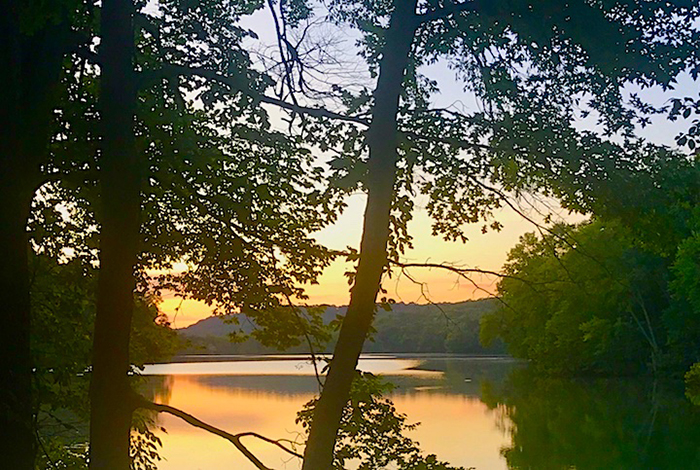
A golden sunset descends on Radnor Lake, Tennessee’s first state natural area, just eight miles from the Capitol. Image by Mark Thien. |
NASHVILLE, Tennessee – Roger McCoy is about to celebrate a 50th birthday in a big way – not his own, but the 50th birthday of a program that now protects 84 of Tennessee’s most notable locations. McCoy heads Tennessee’s Division of Natural Areas.
McCoy’s office and the state’s first official natural area are in Nashville, but most of the 83 other natural areas are off the beaten track in places where the nearest towns are little communities such as Sequatchie, Hohenwald, Rugby and Westmoreland. Many are in locations where you need really good directions to find on a first visit – and that’s part of their allure.
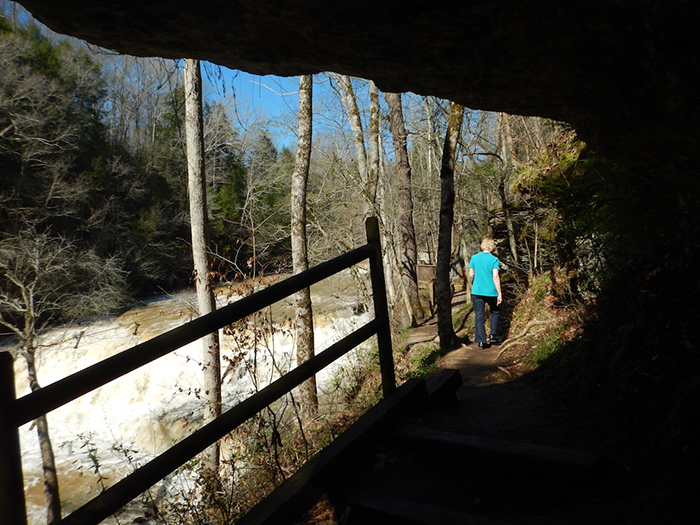
A hiker walks a trail above the Falling Water River at Burgess Falls State Natural Area near Sparta. Image by Tom Adkinson. |
State natural areas are protected parcels that represent some of the most notable and treasured outdoor resources in Tennessee. They preserve mountains with stunning vistas, rivers flowing through quiet valleys, glades that shelter rare plants, caves that are home to endangered bats and much more.
Some are stand-alone properties. Some are parts of state parks. Some are on private land. Four are inside national parks. It’s an odd collection that has been growing for half a century.
The first one was Radnor Lake State Park and Natural Area, which is a 1,367-acre sanctuary of nature barely eight miles from the state Capitol building. Its hilly terrain (some ridges exceed 1,200 feet in elevation and are among the highest in Tennessee’s Central Basin) surrounds 85-acre Radnor Lake.
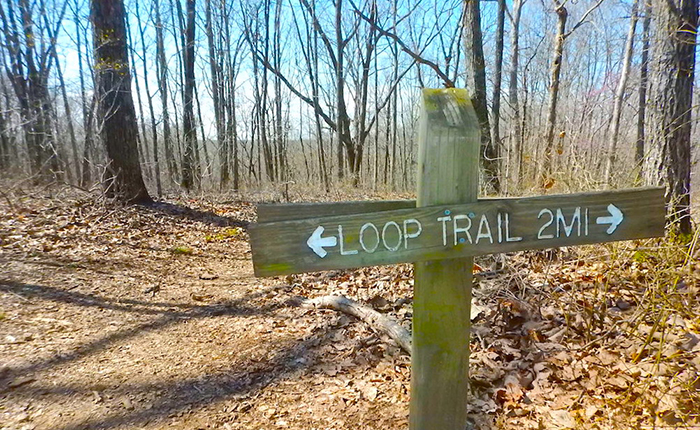
Many state natural areas offer well-marked trails, such as this one at Devil’s Backbone near Hohenwald. Image by Tom Adkinson. |
The Louisville and Nashville Railroad Co. created the lake in 1914 by impounding Otter Creek. The purpose was to provide water for the steam locomotives clanking away in nearby Radnor Yards.
Steam locomotives are long gone by the 1960s, and developers had their eyes on the lake and hillsides. Magnificent homes could have overlooked the lake and cut it off to anyone but landowners. Instead, a group called Friends of Radnor Lake was able to buy what now is the core of Radnor Lake State Park and Natural Area and keep it open for everyone.
Those efforts led to the Tennessee Natural Areas Preservation Act of 1971, and May 1, 2021, has been selected as the ceremonial 50th birthday date, according to McCoy.
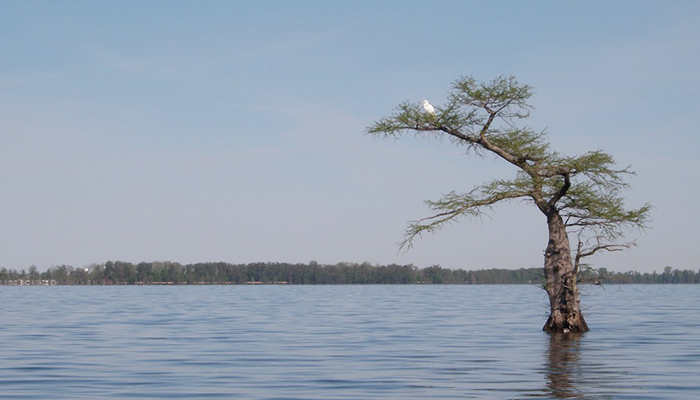
Cypress trees provide great perches for many species of waterfowl at Reelfoot Lake in Northwest Tennessee. Image by Tom Adkinson. |
Using methodology common throughout the U.S., Tennessee Division of Natural Areas biologists seek out special places that warrant recognition and protection, McCoy said.
Numerous hikes, walks and talks are scheduled at state natural areas throughout the year, and the Division of Natural Resources maintains a calendar. Several are on May 1 for the birthday celebration.
Among the May 1 events are a hike at Montgomery Bell State Park near Dickson, a hike at Rugby Natural Area in Morgan County, a sunset fire tower hike at Bays Mountain Park in Kingsport and a loop hike at Honey Creek State Natural Area inside Great Smoky Mountains National Park. (Check the calendar out at tnstateparks.com. A $10 fee is common.)
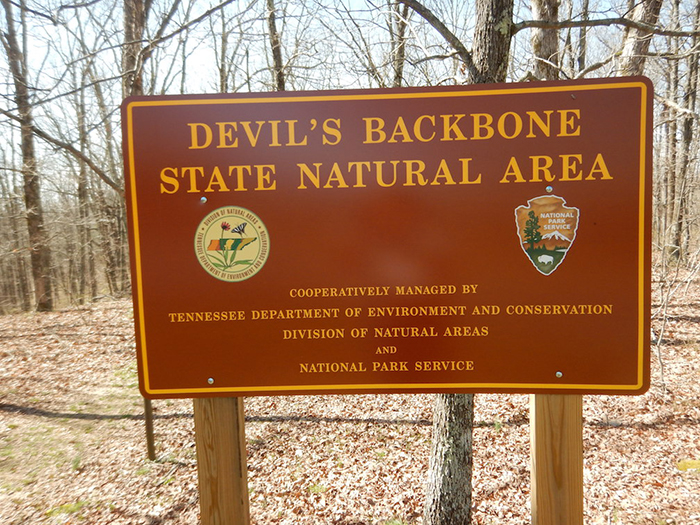
Tennessee works with the National Park Service on several natural areas, including the Devil’s Backbone along the Natchez Trace Parkway. Image by Tom Adkinson. |
McCoy is hard-pressed to identify a favorite state natural area, but he says he’s keen on the Ghost River. It’s actually a slow-flowing portion of the Wolf River in West Tennessee that takes kayakers and canoeists deep into bottomland hardwood forests, cypress-tupelo swamps and open marshes.
Some people might call it spooky or even ghostly, but McCoy would label it beautiful, natural and a fitting place to protect as a state natural area.
|

